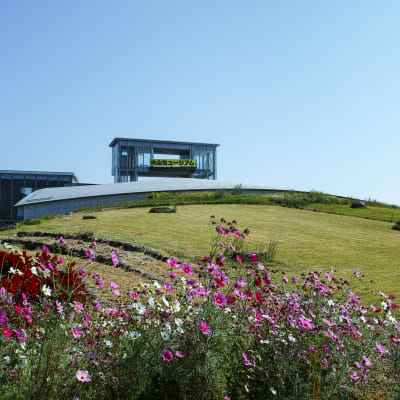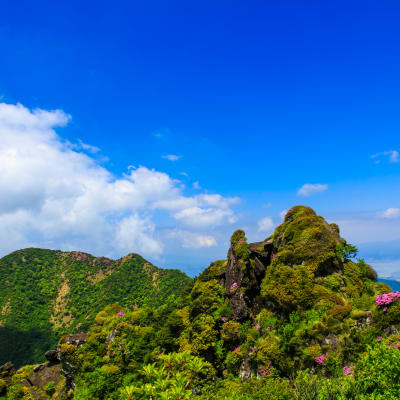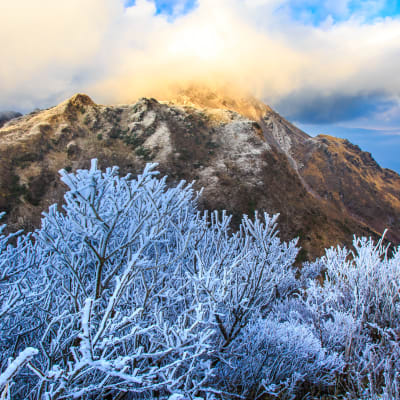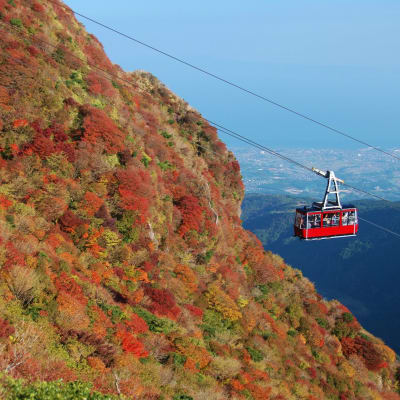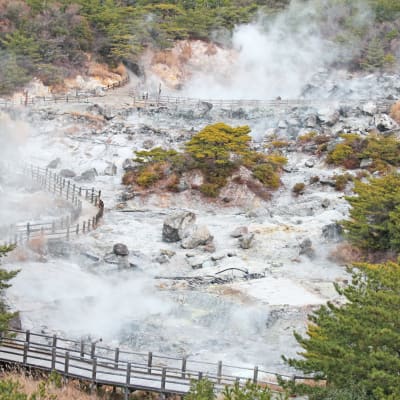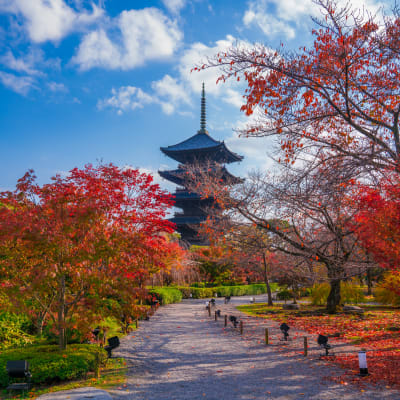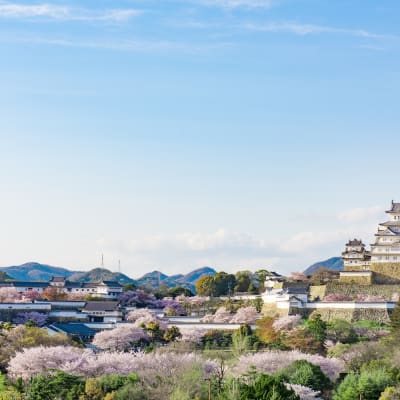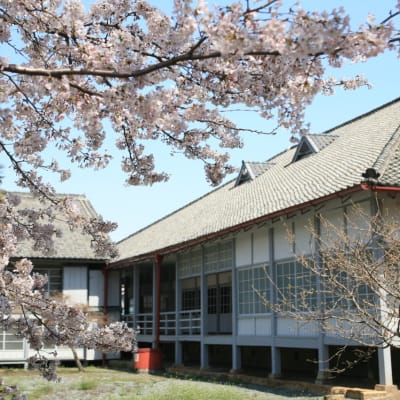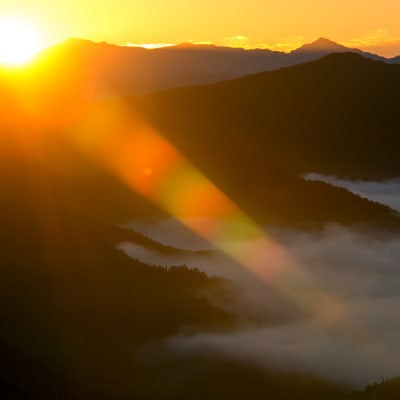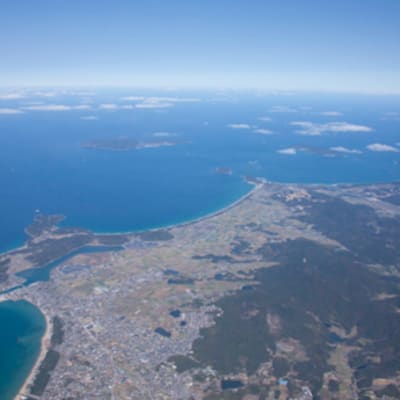
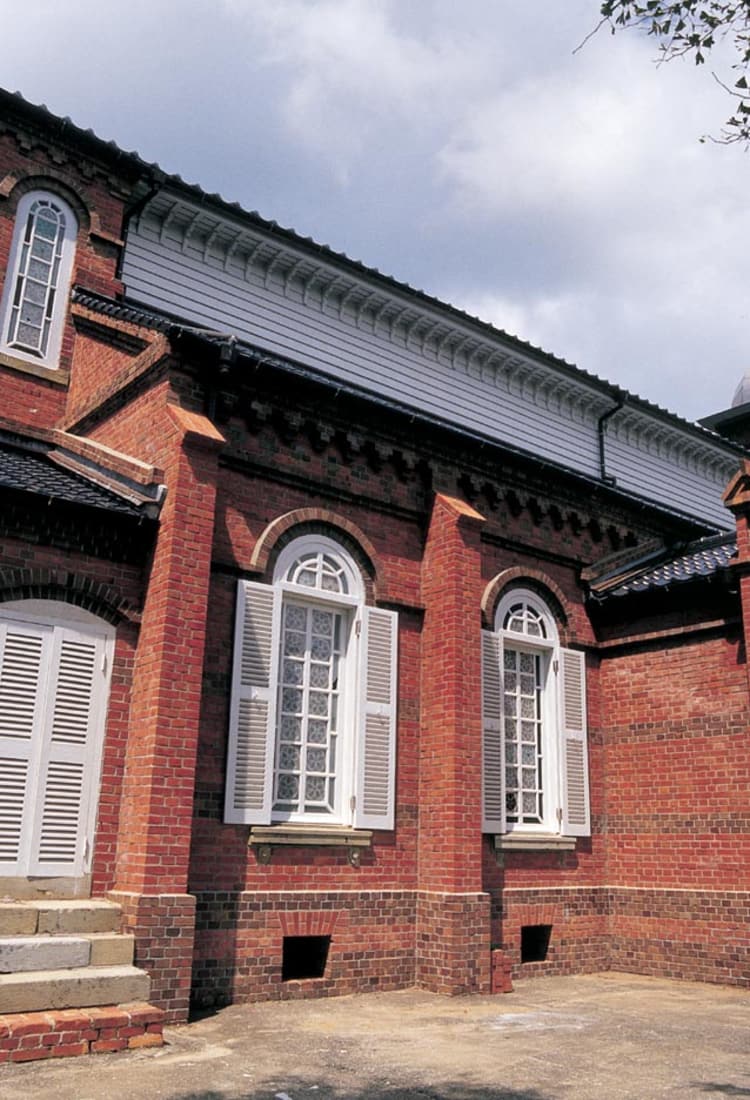
Hidden Christian Sites in the Nagasaki Region (UNESCO) Explore the sites of Japan's Christian past
Following the banishment of the religion by the Tokugawa shogunate in the early 1600s, Japan's small Christian population went underground
Christianity first arrived in Japan in the mid-1500s, where it briefly spread around Nagasaki and the Amakusa region . Visiting this region today, you'll find castle ruins, rebuilt churches, and religious antiquities and one can experience the reasons that forced the people to adopt their faith, the continuation of these forms of belief, the rituals that were forced on them as a sign of Christian apostasy, and the history of religious freedom finally being restored in the late 19th century.

kattyan / PIXTA


Nagasaki Prefecture Convention and Tourism Association
Highlights
- Exploring the ruins of Hara Castle, where a local rebellion by farmers, most of them Christian, erupted in the 17th century, and became the catalyst for the Christians to go into hiding
- Trekking up Mt. Unzen for rugged volcanic terrain followed by soothing natural hot springs
- Visiting the well-preserved archaeological sites and settlements on Amakusa and Hirado islands

Two and a half centuries of religious persecution
Christianity spread to Nagasaki and the Amakusa region for a brief period in the 16th century, through the Jesuit missionary Francis Xavier. Just a few decades later, in 1614, the Edo shogunate banned the faith, and Christians were forced to choose between converting to Buddhism, practicing in secret or being executed by torture.
Though many Christians were forced to renounce their faith, many others found ways to carry on their religious practices in secret. Without public ministers or institutions to follow, the religion began to slowly evolve into its own distinct form.

Oura Cathedral
With the opening of Japan following the Meiji Restoration (1868-1912) and the ban on Christianity officially lifted in 1873, the Christians who had been secretly practicing their religion for so many years were free to practice openly. Many churches constructed in the region date back to this mid-19th century period. Most notable of these churches is the Oura Cathedral, located in the heart of Nagasaki , a Gothic-style Catholic church built for Westerners living in the settlement. In 1865, shortly after construction, a group of Christians in hiding confessed their faith to the priests of the Oura Cathedral, setting the scene for the turning point known as the 'discovery of the faithful'.
A bloody revolt and the start of a long period of seclusion
To get an understanding of the history of Christian persecution firsthand, head to the town of Minami-Shimabara, located on the southern tip of Nagasaki . More than 20,000 farmers revolted against the shogunate, opposing religious oppression and tax increases. The revolt eventually led to an open confrontation with some 120,000 troops, ending with a battle at Hara Castle in 1638. The bloodshed forced the Christians to go into hiding and find their own way of continuing their faith.

Visiting Minami-Shimabara today, you'll find stone foundations, castle gates, and a stone monument commemorating the revolt. The site overlooks the ocean, making for an ideal photo spot.
If spending additional time in the area, consider a trip to nearby Mt. Unzen , an active volcano bubbling with geothermal activity. While Christians were once sent here for punishment, the area is now home to traditional inns, hot spring resorts, and other scenic attractions.

Mt. Unzen
The home of the region's unique belief system
From Minami-Shimabara you can take a ferry around the Amakusa region , a series of rocky islands with lush vegetation and idyllic seaside villages. The Amakusa region was the stronghold of Amakusa Shiro, leader of the Shimabara-Amakusa revolt. Hidden Christians worshipped in secret rooms, creating statues of the Virgin Mary to inconspicuously resemble typical Buddhist Kannons.
Head to the main island of Shimoshima to find several Catholic churches built in the early 20th century, along with the Amakusa Christian Museum.
By car, you can explore nearby islands like Ueshima and Oyano, which are also home to museums (Santa Maria Museum and the Amakusa Shiro Museum) illustrating the history of the region's hidden Christians.
Settlements northwest of Nagasaki
Northwest of Nagasaki you'll come across the town of Sotome. Like Amakusa, Christians here practiced their faith in secrecy until the mid-1800s. Following the Meiji Restoration, several churches returned to the area. Among them, the Shitsu Church and Ono Church continue to operate to this day and retain their original appearance.
An island once inhabited by Jesuits, Dutch and British
Continue your excursion with a trip to the northwestern island of Hirado , which boasts beautiful scenery, Christian churches, a 17th-century castle, and more. Head to the Ikitsuki Island Museum Shima no Yakata to see stained glass windows and other relics from the region's Christian past. In addition to the area's notable religious history, Hirado was also open to Dutch and British traders for several decades prior to their forced relocation to Dejima Island in 1641. The present-day monument to William Anders and the Dutch Bridge are a testament to this cross-cultural past.

Hirado Island
How to Get There
Nagasaki and the Amakusa region are located in western Kyushu, and are accessible from Hakata Station in Fukuoka via JR Limited Express Kamome. Amakusa is accessible by ferry from a few ports in Nagasaki or by flight from Fukuoka or Kumamoto. Since these registered sites are scattered around and local public transportation is infrequent, renting a car is the most convenient way to explore the area.






















































